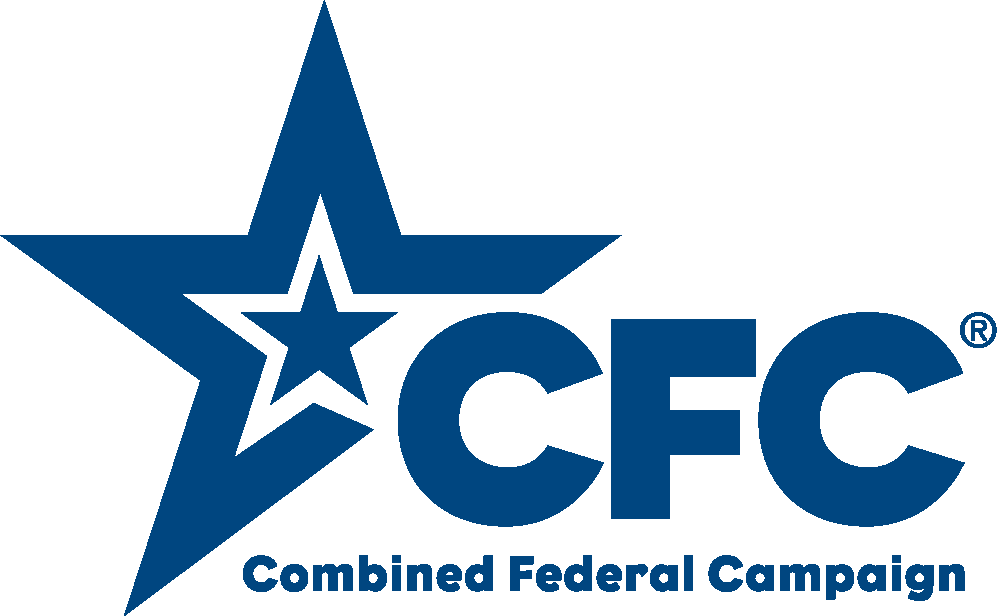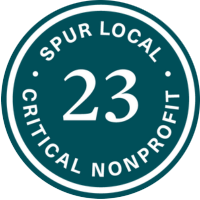
The following is a D’var Torah (words of Torah), shared by Deedee Jacobsohn, the Montgomery County Housing Team Co-Chair, at Kol Shalom during the holiday of Sukkot.
This week, we are celebrating the Jewish holiday of housing. And this morning, I have the privilege of sharing with you how Jews United for Justice works to improve housing right here in Montgomery County.
Jews United for Justice, JUFJ, draws on Jewish values, ethics, and traditions to inspire its work on advocacy campaigns—campaigns that aim to make an immediate and concrete improvement locally. By partnering with other organizations, JUFJ helps amplify the voices of people who are personally experiencing the challenges we hope to address.
Challenges like homelessness. Eviction. And the overall lack of affordable housing in this area.
Sukkot is a holiday of joy and hospitality. As it says in Deuteronomy (16:14):
You shall rejoice in your festival, with your son and daughter, your male and female slave, the Levite, the stranger, the fatherless, and the widow in your communities.
The verse opens with the statement that we shall rejoice. Sukkot is known as Z’man Simchateinu, literally, “the time of our joy.” The time of repentance and reflection has passed, the harvest has been gathered, the uncertainty is over. Let us rejoice together.
It is this “together” that gives us the ethical heart of the holiday. You are to celebrate not only with your family, but with strangers, with the Levites and others who have no land of their own to harvest, with your entire community, no matter their status or level of need.
There is a Kabbalistic custom of welcoming into the Sukkah our exalted ancestors, called Ushpizin. There is also a tradition which warns that if you do not open your doors to those in need, the Ushpizin will not enter your sukkah.
As Maimonides wrote:
“… one who locks their doors and eats and drinks with their children and [partner] and does not feed or give drink to the poor and downtrodden, this is not the joy of fulfilling a mitzvah, but rather the joy of one’s stomach…[and this type of joy is disgraceful].”
We can think of many examples when our tradition enjoins us to share our food and clothing with those who are in need. But what about the need for housing?
What can Sukkot add to our understanding of how to face the challenges of inadequate or insecure housing in our community? Let’s explore the concept of the sukkah itself.
The commandment to live in a sukkah comes from Leviticus (23: 42):
“You shall dwell in booths for seven days…that your generations may know that I made the children of Israel dwell in booths when I brought them out of the land of Egypt.”
There are many rules about what makes a sukkah kosher, but at root is the idea that the sukkah is a temporary booth to remind us of the 40 years we spent wandering, homeless, in the desert. Anything too tall, too enclosed, or too resistant to rain is considered a permanent dwelling. A temporary dwelling leaks in the rain and shakes in the wind; it has no door to shut, making it only somewhat private; it has minimal creature comforts with no running water. Living in a sukkah makes you vulnerable.
According to the Mishna (Sukkah 2:9), during the whole seven days of Sukkot, one makes the sukkah one’s permanent dwelling and one’s house a temporary dwelling—as it says, you “emerge from the permanent residence in which you reside year-round and reside in a temporary residence, the sukkah.” Imagine how it would feel if we truly made our Sukkah our permanent residence.
One interpretation from the Gemara (Sukkah 28b:9) tells us that to make the sukkah your permanent dwelling, you bring your beautiful vessels and bedding there to eat, drink, relax, and study. If you had to live in the sukkah as if it was permanent, what would you bring and what would you leave behind? In today’s world, would you feel safe having treasured possessions outside in your sukkah? Sukkot can thus be seen as a time to remove ourselves briefly from most of our material possessions. And it can be a time to remind ourselves to appreciate the security of our permanent dwelling.
This week also gives us time to consider what it is like to live year-round in a fragile sukkah—whether on the streets, in a homeless shelter, or in any temporary low-rent housing. According to Montgomery County, there were almost 600 people living on the street during its one night “point in time” survey in January. In addition, the Montgomery County Coalition for the Homeless serves more than 1,700 individuals each year in its emergency shelters and its supportive housing program, including more than 275 children. These numbers do not include the hundreds of people who, having lost their homes, are now living on a temporary basis with family and friends.
But housing insecurity, the idea of not having a permanent home, goes beyond actual homelessness. In 2018, before the pandemic, one quarter of all renter households in Montgomery County earned less than 30% of the Average Median Income. To give you an example of what this means, the AMI for a family of 4 is less than $39,000. These are the most heavily cost-burdened households in the county, and the number of even tenuously affordable rental housing for them is dwindling.
Now, after more than a year and a half of illness and death, lost jobs and lost businesses, tens of thousands of county households are behind in rent, and are struggling with the process to receive federal rental assistance money. Thousands are facing eviction, especially with the expiration of the eviction moratorium. This is living each day without the security of a permanent house.
In 2010, there was an architectural design competition for sukkas in New York. One of the winning designs was the “Sukkah of the Signs,” constructed of cardboard signs that were purchased from the homeless individuals who made them. Joshua Foer, who organized the competition, said:
“the sukkah is a space to ceremonially practice homelessness…In that sense it is an architecture of both memory and empathy—memory of the huts the Israelites dwelled in during their exodus from Egypt long ago, and empathy for those who live today without solid shelter over their heads. It goes up in the fall, just when it’s no longer entirely comfortable to be outside.”
Building awareness by building a sukkah is becoming its own tradition. Occupy Wall Street originally built a sukkah to get around the prohibition against tents in Zuccotti Park in lower Manhattan. Soon other cities built sukkahs as part of the Occupy movement to symbolize those who are struggling. The trend spread. The Open Doors Sukkah in San Francisco was erected as a symbol of support for issues of gender identity and racial equity. A Sukkah was built in the East London Mosque to emphasize connections with and support for Syrian refugees. In Tel Aviv, a sukkah was built to promote pluralism. And today, the National Building Museum in Washington, D.C. is exhibiting its own Sukkah City, with architect-designed sukkahs interpreting the theme of “welcoming the stranger.”
These protest sukkahs, while powerful, are actions that are as temporary as the dwellings themselves. They raise awareness but change nothing. JUFJ works towards a more permanent solution to housing problems through advocacy and political organizing. For example, in 2020 we helped ensure that a bill to provide tax breaks for high rise construction on WMATA property included a minimum number of affordable units. We also helped pass a stronger version of the Housing Justice Act. This “ban the box” legislation eliminated questions on rental applications that created barriers for the homeless. And we successfully urged the county council to include more money in the budget to support homeless services and affordable housing projects.
Right now, we are pushing the county to extend its rent stabilization bill and prohibit late fees, which will provide tenants more time to get federal assistance without sliding further into debt. As part of the Montgomery County Racial Equity Network (known as the MORE Network), we are uplifting the voices of people like Coco, who worked two jobs to pay rent but lost her jobs, her savings, and then her apartment because of the pandemic. And Harold, who lost his construction job, did not receive unemployment payments for months, and now finds himself on the cusp of eviction. JUFJ works not just during sukkot but year-round to ensure that one day, everyone will have a secure permanent home. Of course, JUFJ is more than just one housing committee, and I encourage you to explore the many ways you can work to build a better world right here in Maryland with JUFJ.
In Deuteronomy (16:15), the commandment to observe Sukkot says,
“You shall hold a festival for the LORD your God seven days… for the LORD your God will bless all your crops and all your undertakings, and you shall have nothing but joy.”
Nothing but joy. How can we envision a time where we experience nothing but joy? And not just each of us personally, but everyone in our community—the strangers, the widows, the homeless and the unemployed. Rashi suggests this is not a commandment but an aspiration. For all of us to have “nothing but joy” will take vision, compassion, generosity, and hard work. Yet this is our prayer at Sukkot: “ufros aleinu sukkat shlomecha”– that God will spread over us God’s sukkah of peace, and that we will one day experience nothing but joy.
Shabbat Shalom.





